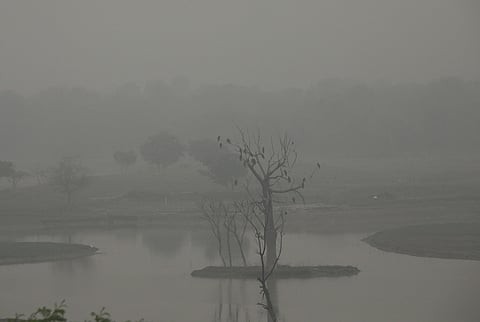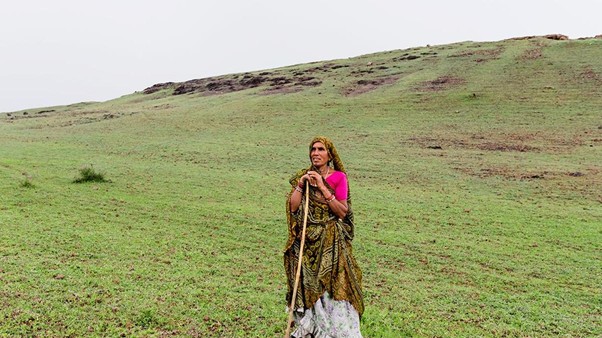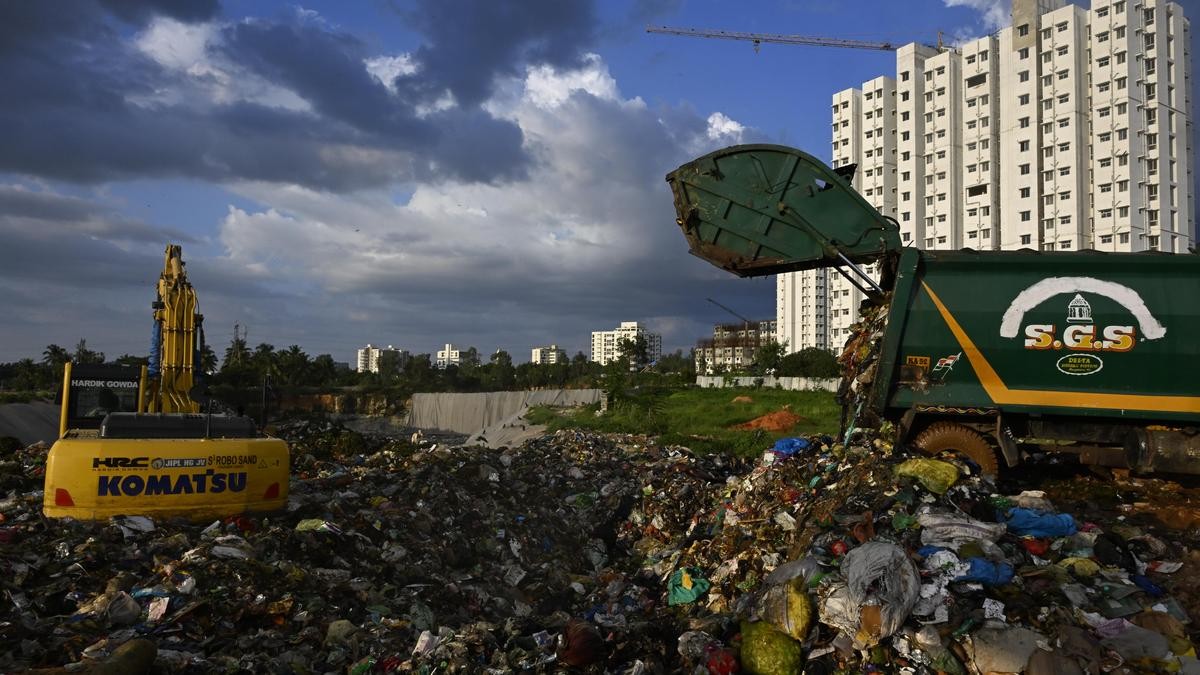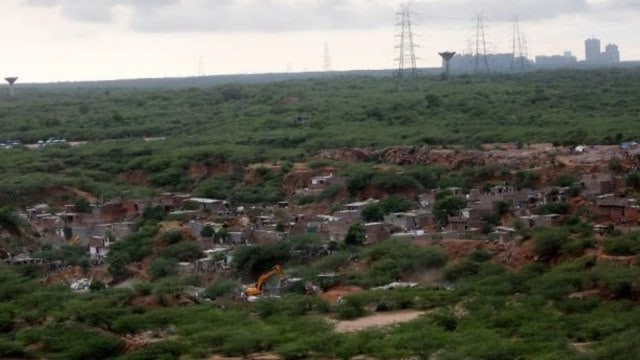Description
Disclaimer: Copyright infringement not intended.
Context :
Recently, Scientists conducted a study. The main purpose is to find how human disturbances impacted the Himalayan hangul deer’s reproductive health & stress levels during their mating & birthing seasons.
Details :
The Himalayan Hangul Deer is an endangered species. It has a critically low population of 300-350 individuals left in the forest.
Study Location: The study was conducted in the Kashmir Himalayas in 2019-2020.
What is the Hangul Deer?
- It is subspecies of the Central Asian red deer (Cervus hanglu hanglu).
- It is Endemic to Kashmir & northern Himachal Pradesh..
- It is a state animal of Jammu & Kashmir.
- And it is only surviving Asiatic subspecies of the Red Deer.
Habitat & Protected Areas:
- It is mainly Found in dense riverine forests, valleys, mountainous regions of Jammu & Kashmir & northern Himachal Pradesh.
- What are the main Protected Areas ?
- Dachigam National Park (J&K): they primarily live in this park.
- Tral Wildlife Sanctuary (J&K): this is also a habitat & Additional protection area.
IUCN Status:
- Critically Endangered (CR) on the IUCN Red List because of declining population .
- In the 1940s, The population was 3,000-5,000 . But in 2023 there was 289 left only.
Key Features of Hangul Deer:
- Males have multi-tined antlers.
- Their Mating happens from October to December, & birthing happens in the month of April-May.
- Herbivorous Diet: They feed on grasses, leaves, & forest vegetation.
Conservation Implications:
- The study shows the importance of reducing human disturbances. for example activities like livestock grazing & herder movement, during mating & birthing seasons.
- These disturbances harm their reproductive health & survival of
- Captive Breeding Programs: there is a need to understand their mating & birthing timings. This is a key to develop effective conservation strategies like captive breeding programs.
Publication and Contribution to Conservation Science:
- The research was published in Nature Scientific Reports. It is a contribution to the National Mission on Himalayan Studies
- LaCONES (Laboratory for Conservation of Endangered Species) has a biobank of 250 species.
- A biobank is a collection of biological samples and health information used for research. Biobanks can store samples from humans, animals, and plants.
- It has also successfully produced cubs of species such as blackbuck and spotted deer using artificial insemination (AI).
- Artificial insemination (AI) is a process in which sperm is manually inserted into the reproductive tract of a female to induce pregnancy. It can be used for both animals and humans.
Source: TH
|
Practice Question:
Q. With reference to the Hangul Deer, consider the following statements:
- The Hangul Deer is a subspecies of the Central Asian red deer & it is also endemic to the Kashmir region & northern Himachal Pradesh region
- The Hangul Deer is an "Endangered" in IUCN Red List because of its declining population. There are only 2,000 hangul deer left in 2023.
- The Hangul Deer is the state animal of Jammu & Kashmir & they primarily lives in dense riverine forests & mountainous regions.
- Dachigam National Park & Tral Wildlife Sanctuary are the main protected areas for the Hangul Deer.
Which of the statements is/are correct?
(a) 1 and 3 only
(b) 1, 3, and 4 only
(c) 2, 3, and 4 only
(d) 1, 2, 3, and 4
Answer: (b)
Explanation:
Statement 1 is correct: The Hangul Deer is a subspecies of the Central Asian red deer. And also endemic to Kashmir & northern Himachal Pradesh.
Statement 2 is incorrect: The Hangul Deer is critically endangered, not simply endangered, and only 289 were left in 2023, not 2000.
Statement 3 is correct: It is the state animal of Jammu & Kashmir and also found in dense riverine forests and mountainous regions.
Statement 4 is correct: Dachigam National Park and Tral Wildlife Sanctuary are the main protected areas for the Hangul Deer.
|











